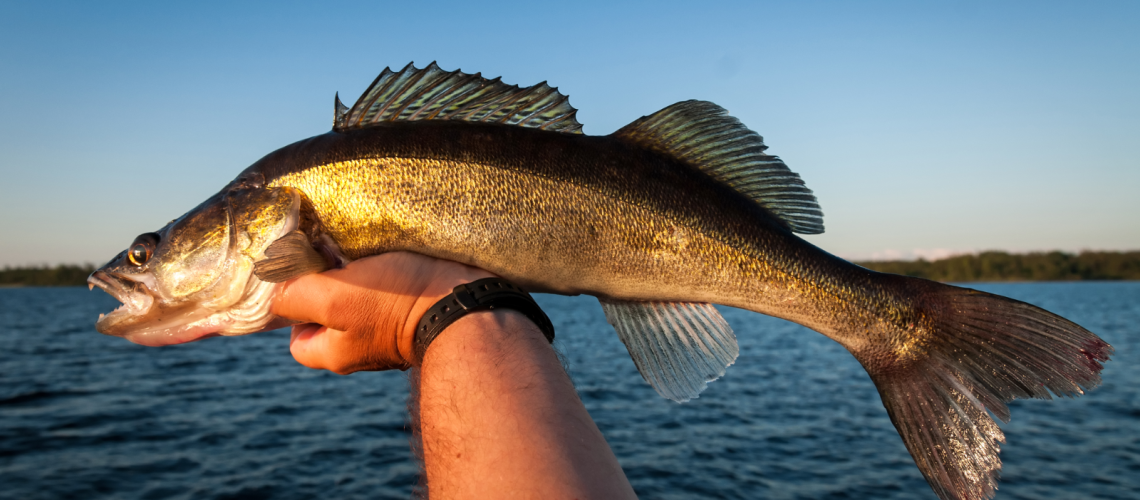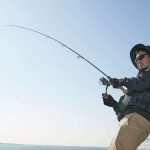A walleye is a joy to catch and a delicious fish to bread because they’re slightly sweet and non-fishy. They’re loaded with omega-3 fatty acids, which benefit brain and heart health. If you want to increase the likelihood of catching one, you usually want to fish closer to the top during the morning and early evening. Additionally, consider using planer boards when looking for this fish. To find out how to use them properly and to your advantage, please keep reading.
What Are Planer Boards?
A planer board is a specialized board used by anglers to keep more than one line in the water at a time. Generally, these boards consist of either foam or wood.
Although these are quite beneficial for serious or even recreational fishermen, they’re not commonly advertised. However, they allow you to expand the area you’re fishing.
For instance, your lines won’t get knotted or tangled if you have multiple fishermen with lines all in the water at the same time on the same side of the boat. With a planer board, you can also extend your lures further into the water, so you don’t need to worry about the noise of your boat interfering with your fishing. You’ll also not have to worry that your line will sink, and you’re less likely to spook fish in shallow or clear water.
In addition, the planer can help better control the depth of your line, so you can alter it depending on the time of the day you’re walleye fishing.
Ideally, it would be best to use planer boards when fishing on a long flat because they cover extra ground, expanding your coverage. It’s almost a necessity in this case.
How Do You Use Planer Boards for Fishing for Walleye?
While you can have more than two boards once your skills for fishing for walleye increase, at first, you want to start with one or two boards per side. When you have two planer boards in the water for walleye, you’ll be less likely to tangle your lines, especially if you’re fishing with other people. In addition, you’ll have less of a risk of your line snagging.
To set up your planer board, let out your line, so your lure and bait are at a depth of your choosing. As a general rule, you’ll want to use a monofilament fishing line when you use a planer.
If you choose to fish in the early morning or evening, you’ll want to keep your line in the shallow water. During the afternoon, your line will need to be a bit deeper since the fish tend to be a bit deeper at this point.
Next, you’ll need to place your line into the planer board’s clips – one towards the front with the other closer to the back. After, your line is ready to place in the water.
You’ll now need to let the reel free spool until your line is the distance from the boat you desire. Finally, you re-engage your reel, and you’re ready to get some walleye.
How Do You Know If You Have a Walleye?
It’s obvious when you have a fish on the line since the tattle flag will pull down as the line becomes free from the base clip. The planer board can then slide, and the board will slide due to the weight of the fish.
Once you reel in the fish, you’ll know if it’s a walleye or not because typically, the dorsal side is olive while the flanks have a golden color. On average, a walleye is around 22 inches long. Typically, a walleye weighs around 24 pounds.
If you want to heighten your chances of catching a walleye, planer boards can help. You may use them if you have multiple fishermen or if you want to keep your line far enough away from your boat.





